The 2000s were an era marked by innovation and rapid technological advancements, which significantly influenced the interior design landscape. From sleek and futuristic aesthetics to a renewed focus on sustainability, this decade witnessed a multitude of trends that shaped the way we decorated our homes. The 2000s were defined by remarkable interior design trends, leaving an indelible mark on modern living spaces.
Minimalism Takes Center Stage:
Embracing the adage “less is more,” minimalism emerged as a prevailing design philosophy in the 2000s. Clean lines, uncluttered spaces, and a restrained color palette characterized this trend. Homeowners sought to create serene environments by reducing ornamentation and emphasizing functionality. The marriage of simplicity and sophistication became the hallmark of interior spaces during this time.
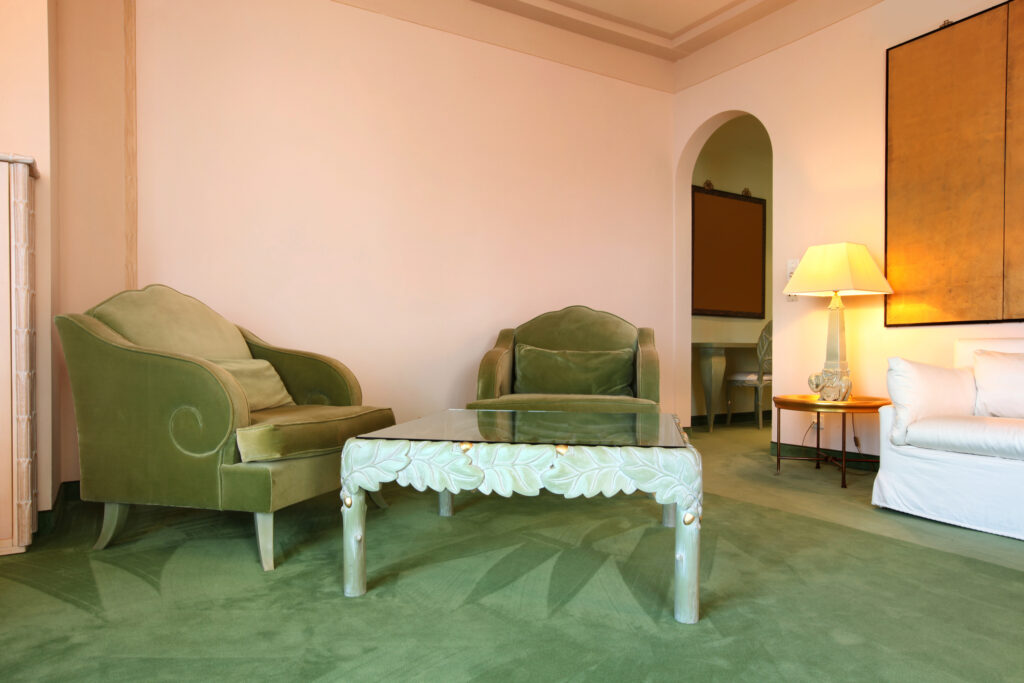
Technological Integration:
As technology rapidly evolved, the 2000s saw a growing integration of smart devices and home automation into interior design. From remote-controlled lighting and thermostats to smart appliances, the focus shifted towards making homes more efficient and convenient. The rise of flat-screen TVs also had a profound impact on the layout and design of living rooms, as they became focal points for entertainment centers.

Sustainability and Eco-Friendly Designs:
With increased environmental awareness, sustainable design practices gained traction in the 2000s. Homeowners and designers alike sought eco-friendly materials and embraced energy-efficient solutions. Recycled materials, such as reclaimed wood and repurposed furniture, found their way into interior spaces, reflecting a commitment to reducing the ecological footprint.
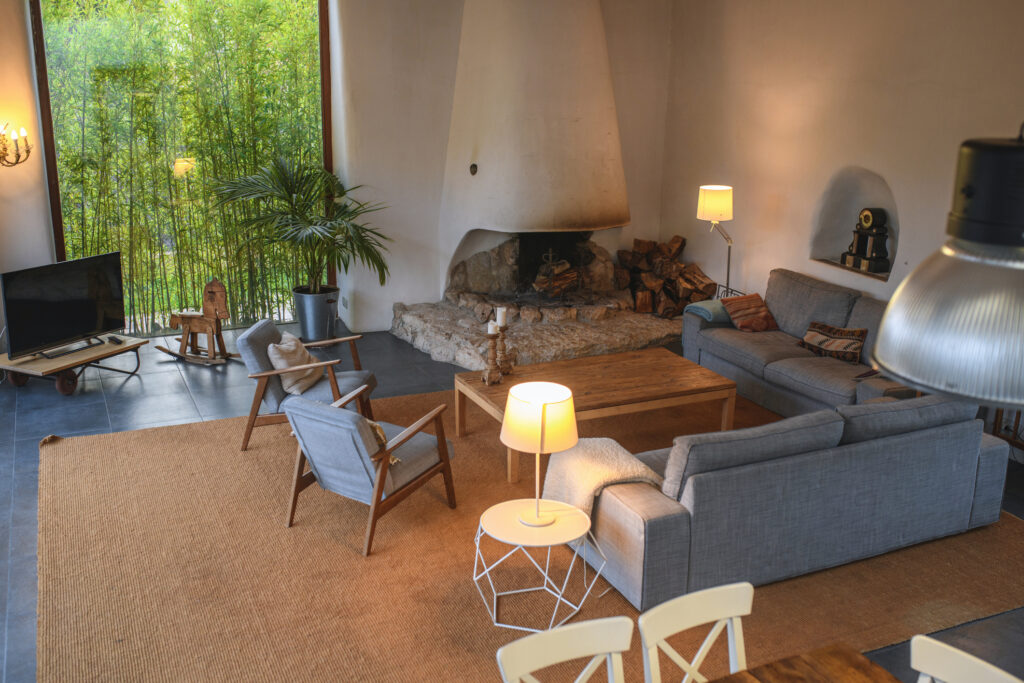
Open Concept Living:
The 2000s indicated a shift towards open-concept living, where walls were torn down to create seamless transitions between different living spaces. This trend fostered a sense of spaciousness and encouraged social interaction among family members and guests. Kitchens, in particular, became more integrated with living and dining areas, forming a central hub for gatherings and entertaining.
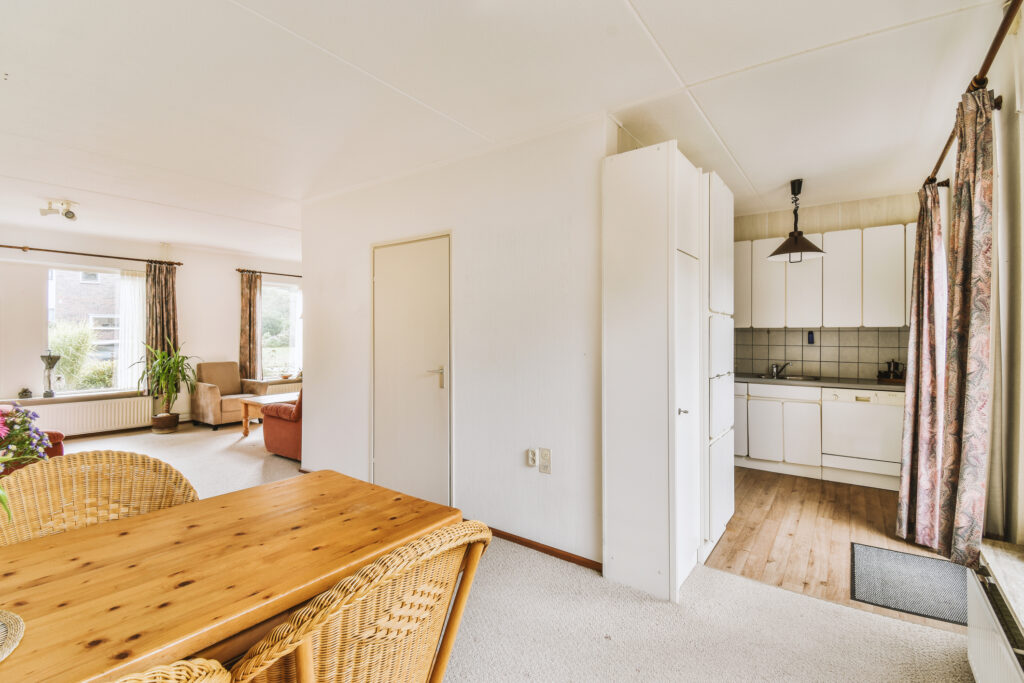
Mid-Century Modern Revival:
The 2000s experienced a revival of interest in mid-century modern design, which originated in the mid-20th century. Characterized by iconic furniture pieces with clean lines, organic forms, and an emphasis on functionality, mid-century modern aesthetics added a touch of timeless elegance to contemporary interiors. Vintage pieces and replicas of renowned mid-century designs became popular choices for furnishing spaces.
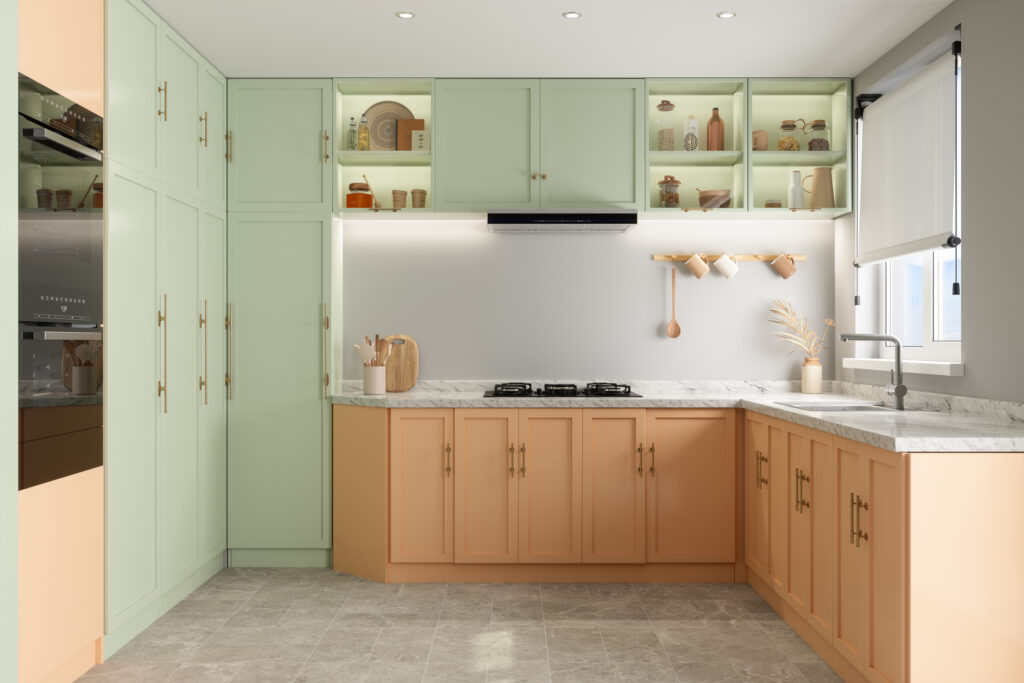
Bold Colors and Patterns:
While minimalism reigned supreme, the 2000s also saw the emergence of bold colors and patterns in interior design. Accent walls with vibrant hues and daring geometric or floral patterns on textiles and wallpapers became prominent features in homes. These striking elements injected personality and visual interest into otherwise neutral spaces.
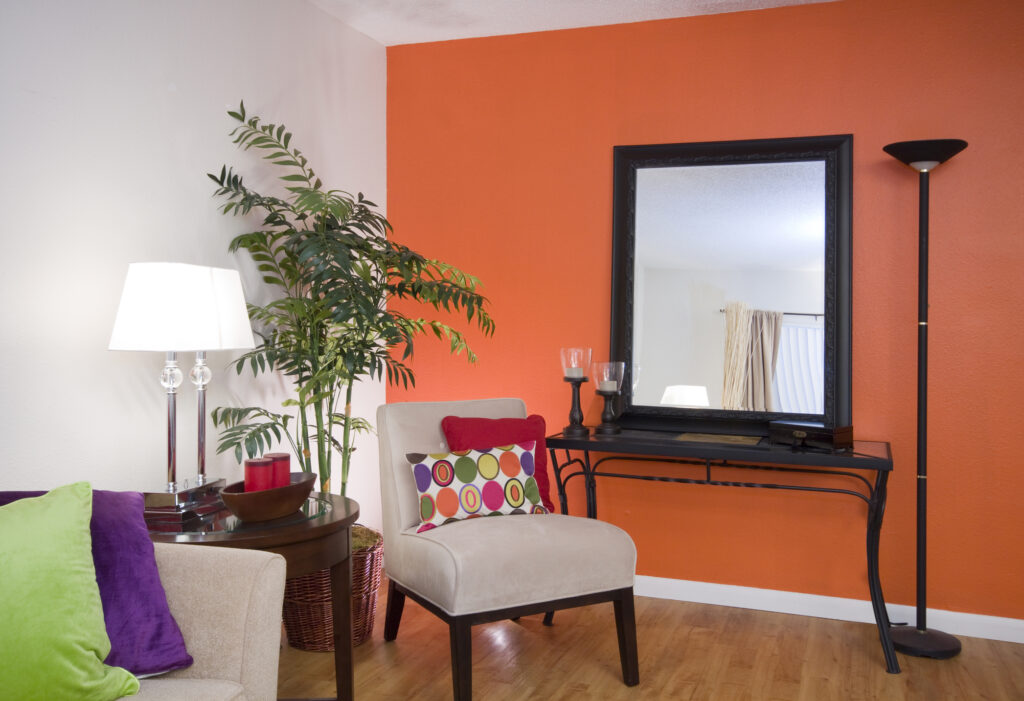
Industrial Chic:
Inspired by urban lofts and warehouses, industrial chic became a prevalent trend during the 2000s. Exposed brick walls, metal accents, and functional lighting fixtures added a raw and edgy charm to interior spaces. This design aesthetic celebrated the beauty of imperfections, giving rise to a unique blend of rustic and contemporary styles.

The interior design trends of the 2000s were a testament to the changing times, where the convergence of technology, sustainability, and aesthetic preferences transformed our living spaces. These trends continue to inspire and influence contemporary design in the present day. As we move forward, the legacy of the 2000s’ interior design trends remains etched in our collective appreciation for both functionality and aesthetics in the places we call home.

